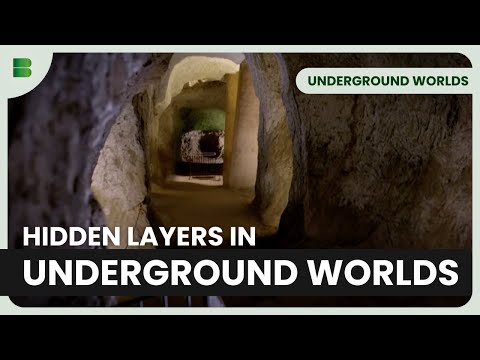
The allure of prehistoric caves extends beyond their mysterious, dark entrances and into the very roots of human history. These underground labyrinths serve not just as fascinating geological formations but also as the canvases of ancient humanity, where early artists left behind a wealth of enigmatic art. The documentary genre has long recognized the potential of these spaces, often crafting films that offer viewers an immersive experience into these silent halls where our ancestors once roamed.
### The Allure of the Abyss
Prehistoric caves have always been a subject of intrigue and mystery. They are natural time capsules that preserve echoes from tens of thousands of years ago. Documentaries focusing on these spaces often begin by setting up their historical significance, bringing in experts such as archaeologists, geologists, and anthropologists to paint a comprehensive picture of why these underground worlds matter.
One famous example is the Chauvet Cave in southern France, home to some of the most well-preserved figurative cave paintings in the world, dating back approximately 32,000 years. This cave was prominently featured in Werner Herzog’s celebrated documentary “Cave of Forgotten Dreams,” which delved deep into the implications and interpretations of these ancient artworks.
### Technological Prowess and Filmmaking Techniques
Documenting prehistoric caves presents unique challenges for filmmakers due to their inaccessible locations and fragile environments. Advanced technology plays a crucial role here — from 3D scanning and infrared cameras to drone footage and virtual reality — enabling filmmakers to capture details that are invisible to the naked eye without damaging the sensitive sites.
This technological prowess allows viewers to step virtually inside these caverns from their living rooms. For instance, laser scanning used in documentaries can reveal the undulating contours of cave walls or show how ancient humans utilized natural shapes in rocks to form parts of their drawings.
### Storytelling Through Ancient Art
The heartrending stories depicted on cave walls provide a narrative thread for documentaries. These images tell tales about prehistoric life — hunting scenes depict animal migrations and human survival strategies while handprints might symbolize ancient rituals or community signatures.
By using expert commentary and reconstruction animations alongside images from within the caves themselves, documentaries can offer conjectures about how these artworks were created — whether they were products of spiritual experiences underpinned by shamanistic beliefs or collective activities that served social functions within early human groups.
### Ethical Considerations
Exploring prehistoric caves raises significant ethical questions regarding conservation versus exploration. Many documentaries address these dilemmas by showing how scientists work carefully to preserve what remains undisturbed for millennia while still pursuing scientific inquiry.
For example, filmmakers might demonstrate techniques used by conservationists like controlling access to caves or regulating air quality inside caverns which can alter if exposed excessively to external conditions.
### Conclusion: Documenting a Legacy
Prehistoric cave documentaries do more than entertain; they educate and inspire awe for human history’s depth and complexity. They remind us how art served as an expression that transcended time — connecting us with those who lived long before modern civilization began. Such films challenge us not only to appreciate this heritage from afar but also engage actively in preserving it.
As we continue exploring these subterranean galleries through the lens of documentary filmmaking, each visit reveals layers not only about our past but also about our enduring quest for understanding what it means to be human across all ages.
